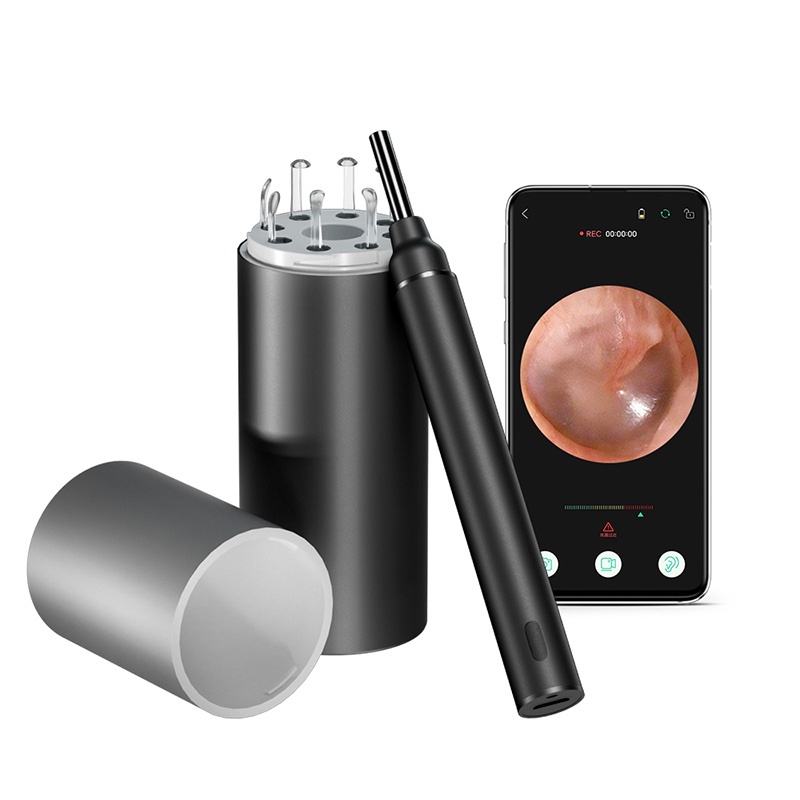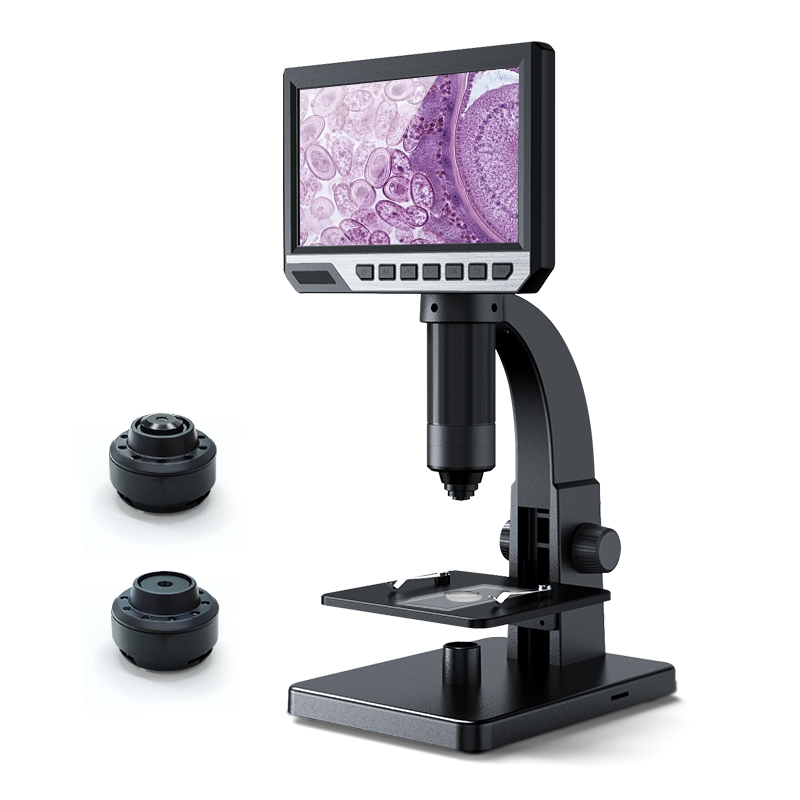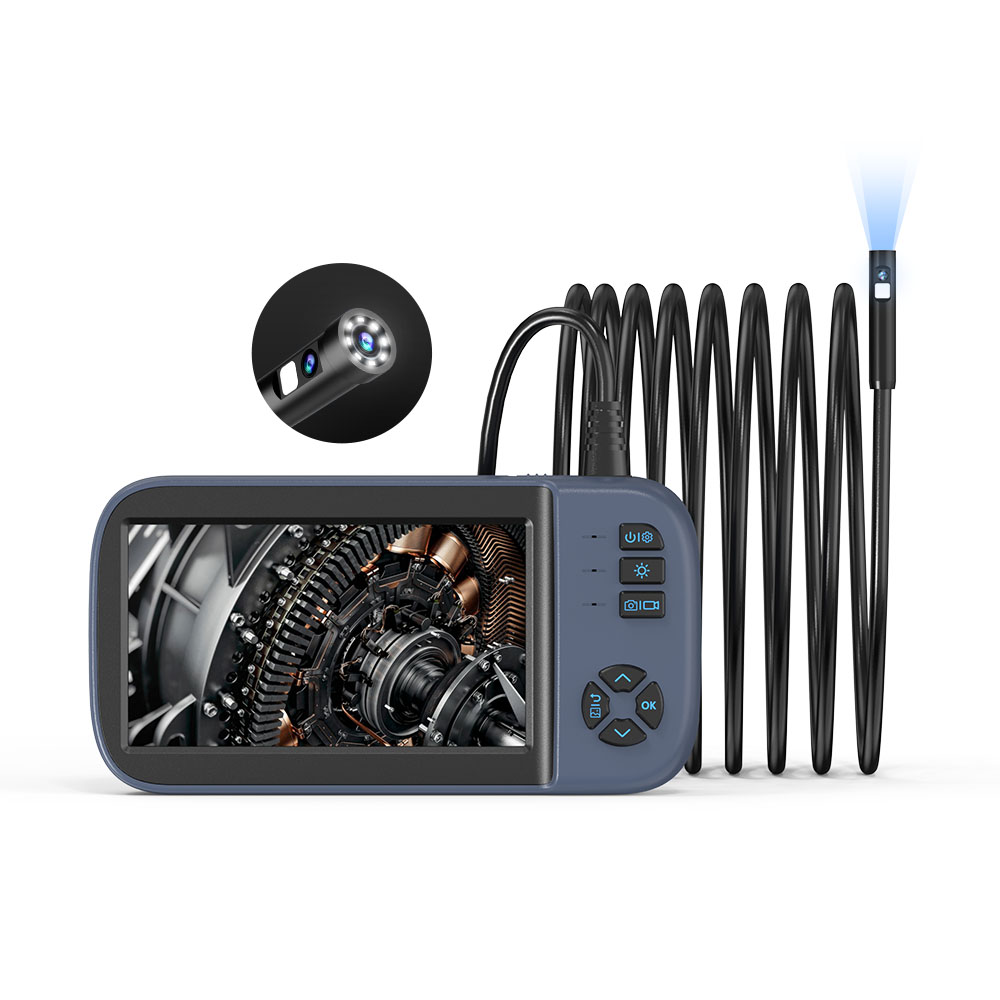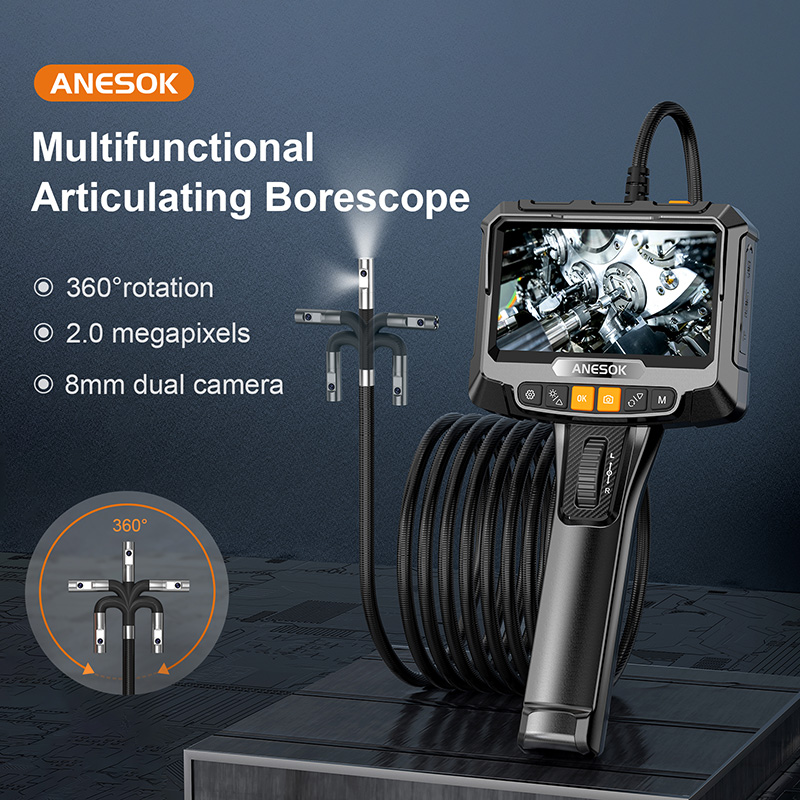- about
-
Product
- Articulating Endoscope
- LCD endoscope
- AV Endoscope
- WIFI endoscope
- Apple endoscope
- Android endoscope
- LCD microscope
- Wifi microscope
- USB microscope
- Apple microscope
- Kid microscope
- Visual wifi ear otoscope
- Apple ear otoscope
- LCD ear otoscope
- Ear irrigation kit
- Ultrasonic dental scaler
- Oral camera
- Visual blackhead remover
- Water flosser
- Electric Spin Scrubber
- Smart Phone for Kids
- Smart Camera for Kids
- Pipe Endoscope
- Driving Recorder
- Kid Endoscope
- Portable Bidet
- Jump Starter Air Pump
- Fish Endoscope
- Mini Camera
- Night Vision
- Handheld Microscope Magnifier
- CCD Camera
- Application
- News
- download
- contact us

+86 18923430402


 You are here :
You are here :




 Website
Website
